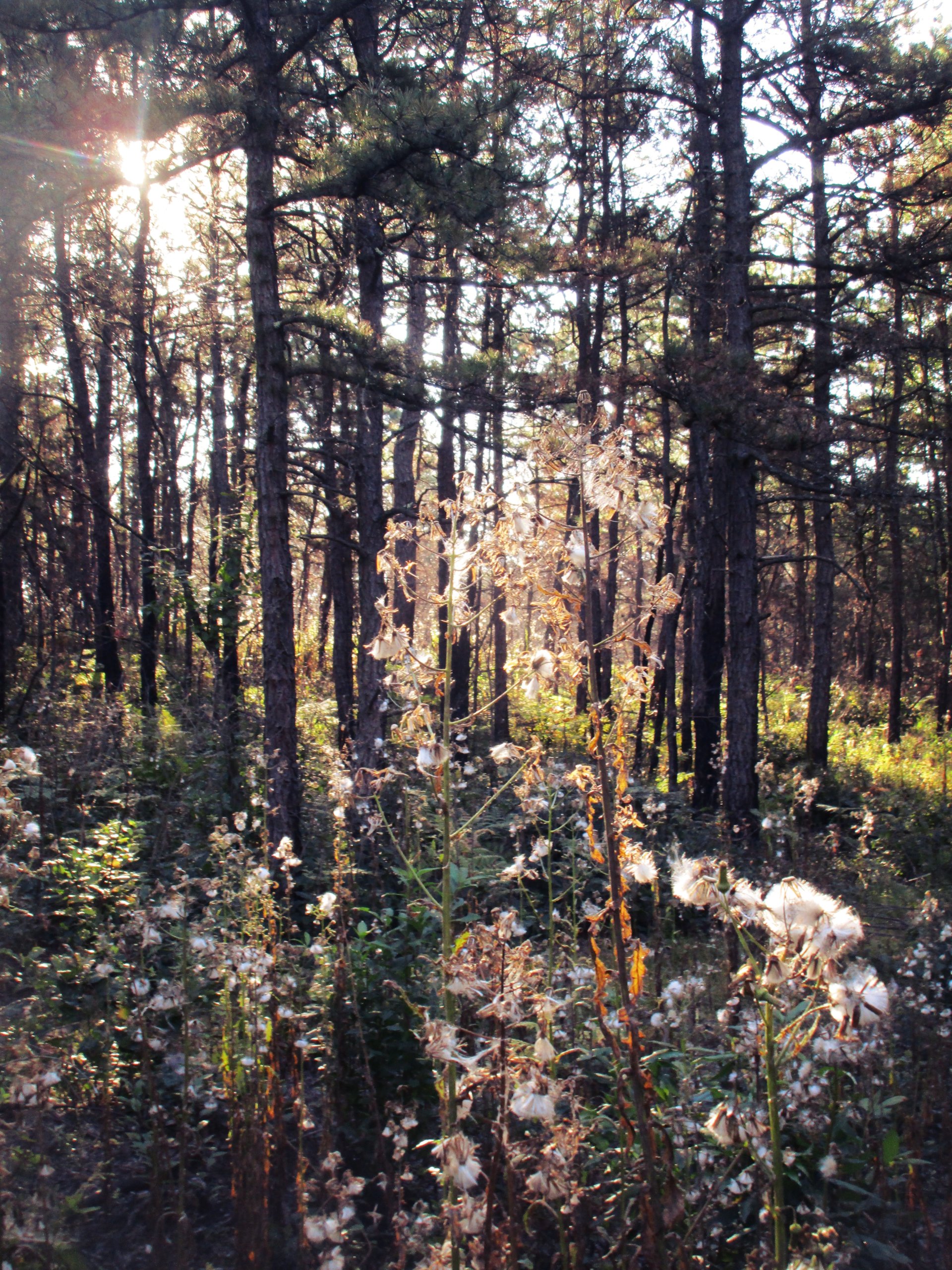By TU Editorial Board on December 29, 2015 at 3:30 AM
When the city of Albany in 2009 convinced New York state to let it do one more landfill expansion, it knew the deal: In exchange for a bigger dump, the city would have to fund a substantial restoration of the fragile Pine Bush.
Now, here’s the city six years later, asking for a new deal. That old one is more expensive than anticipated, Mayor Kathy Sheehan says.
Normally, we’d be skeptical. Albany for years has been using the landfill, and chipping away at the globally rare inland pine barrens, to balance the books. The city has had the benefit of tens of millions of dollars, and it’s been in no particular rush to find a long-range solution to its trash.
But the Department of Environmental Conservation and environmentalists shouldn’t dismiss the city’s appeal out of hand. There might be an opportunity here.
The task the city faces certainly is extraordinary. The plan calls for turning the mountain of trash into one of North America’s tallest sand dunes, some 440 feet high (the tallest is the Star Dune in Great Sand Dunes National Park and Preserve, Colorado, at about 750 feet). Albany would accomplish that by layering between 18 inches and 2 feet of sand over the dump, and growing indigenous Pine Bush vegetation.
Part of the problem is keeping all that sand in place. That’s not a problem with natural sand dunes, which endure precisely because they’re in a place that allows them to exist. Nature didn’t put a 440-foot sand dune off Rapp Road, nor may it want one there. Which could make sustaining it, even after vegetation takes hold, problematic, not to mention costly.
How costly? The city initially expected to spend $18 million on the project, and it has already spent about $9 million. The current estimate ranges from $25 million to $30 million. That’s no small difference, especially for a city whose upcoming 2016 budget includes a $12.5 million budget gap, which Ms. Sheehan is counting on New York state to close with an aid increase.
One option is to forgo the challenging restoration of the landfill site, and instead purchase other property to expand the Pine Bush preserve. The preserve is now 3,200 acres, considerably more than the 2,000 acres once considered to be the minimum necessary for a viable preserve. But there is nothing wrong with more than the minimum, particularly if land could be acquired to make the preserve less fragmented. Along with additional land, the city might commit some of the money to initial restoration of any new parcels to Pine Bush habitat.
Published in January/February 2016
Save the Pine Bush Newsletter
